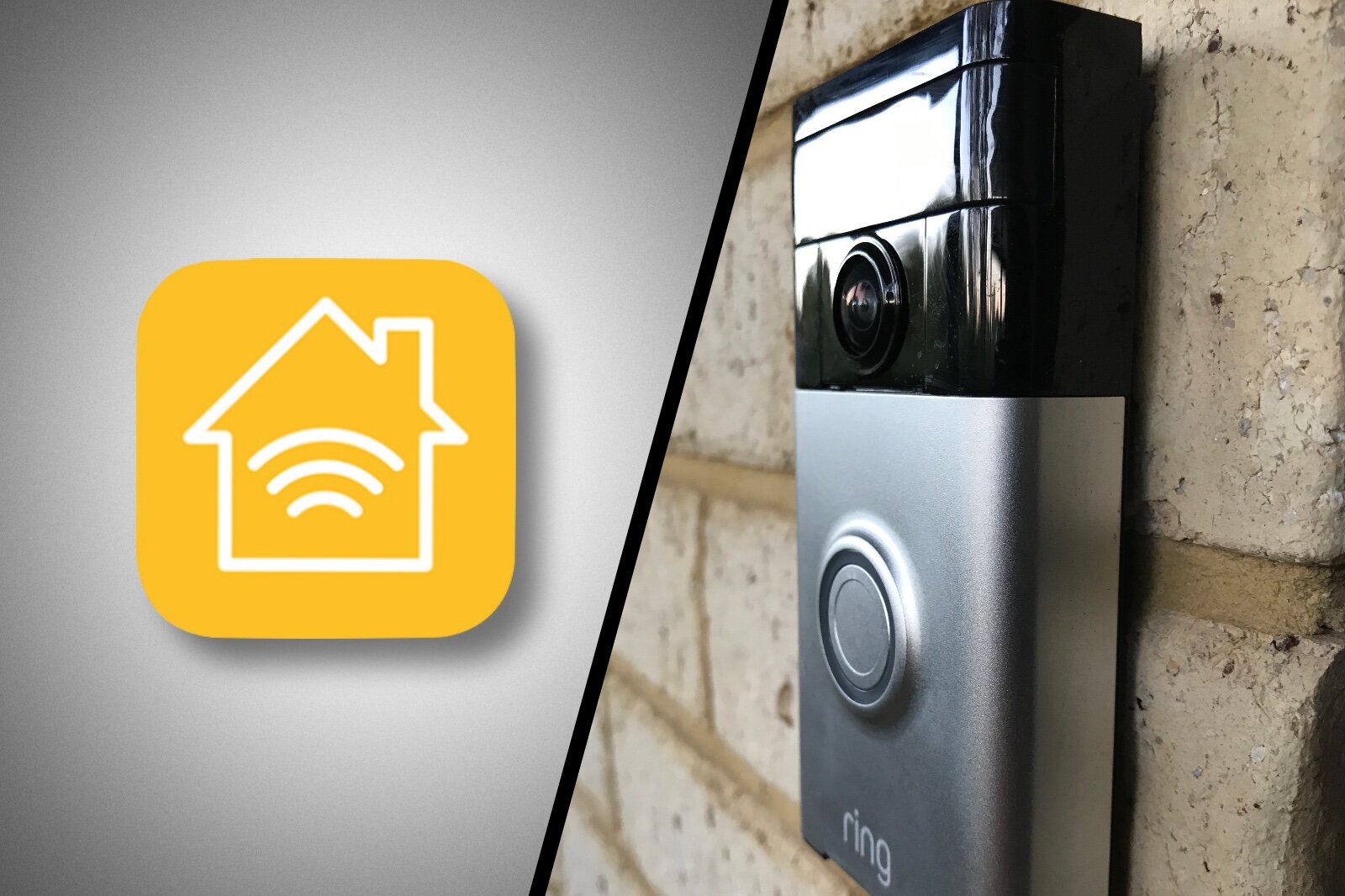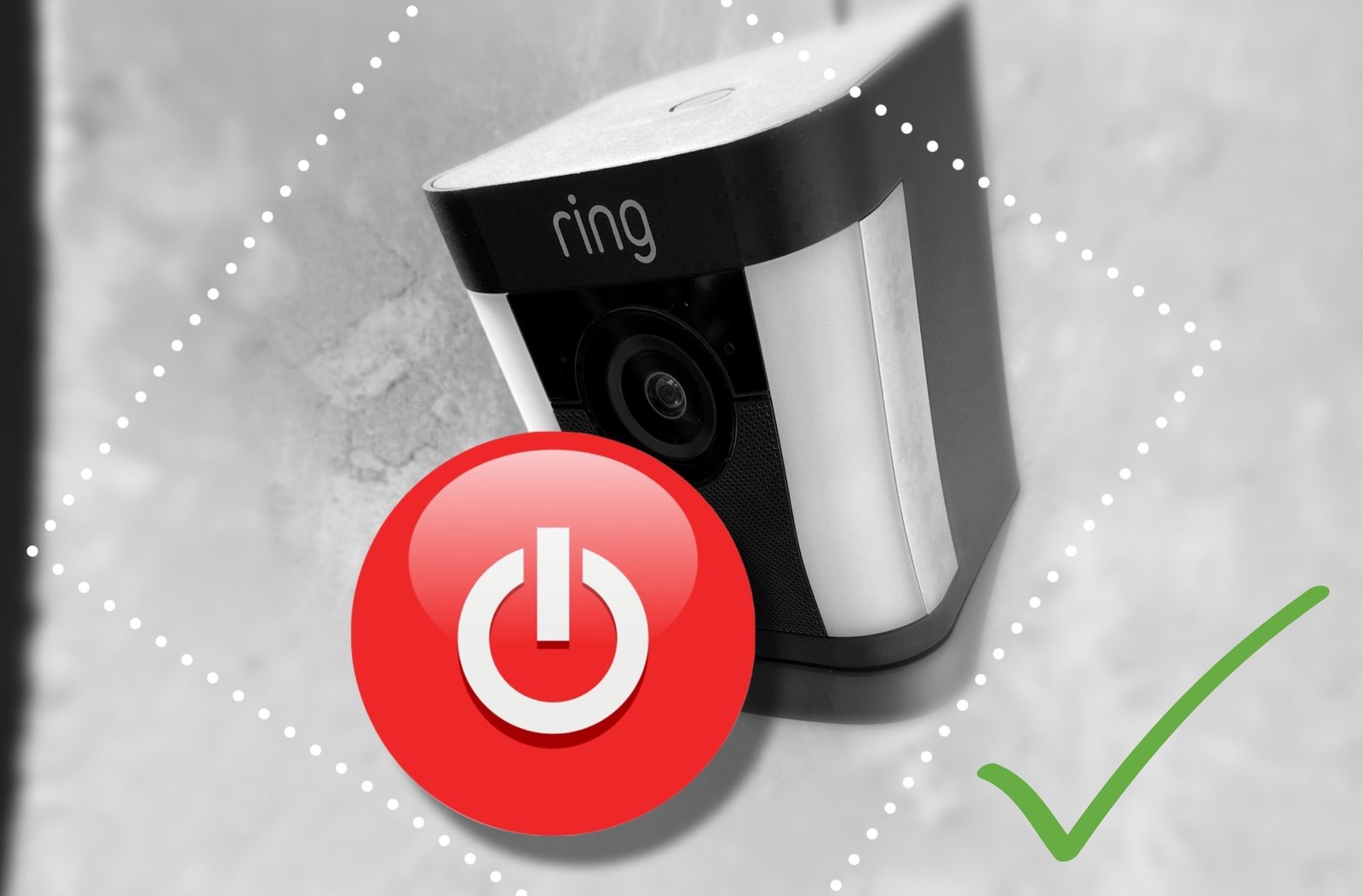Finally, some privacy control for Ring cameras
One of my biggest gripes with my Ring devices is that they had no way to stop them recording everything that triggered a motion event. Sure, you could turn off the notifications, but the recordings still happened regardless.
Clearly this is a big issue for placing those devices anywhere that you might want privacy for you or your family members. Whether this was a conscious design choice, or simply a lagging feature update is open to debate, but a new feature rolling out to Ring users today suggests it’s more the latter.
Ring Modes
With the new feature Ring is calling ‘Modes’ users will get some configurable control over when they want the cameras to record motion events, and if Live view will be available. There are three modes to choose from; Home, Away and Disarmed.
The default settings will disable recording from devices in Disarmed mode, and only from those indoors in Home mode. Away mode remains the current default ‘record everything’ mode. You can go ahead and customize each mode per device, and then simply set those behaviors with a single tap on the dashboard in the Ring app.
Per Camera Mode Settings
Changing the mode will generate a notification on any device connected to that account, so shared account users will know what the status is when changed by someone else.
Whether they can change the mode is up to the primary account holder, though, as there is the ability to disable the ability to switch them for shared accounts.
This capability is a great addition to the Ring app, and provides some much needed control in an environment of growing controversy and criticism about Ring, and parent Amazon’s, dedication to the privacy of it’s customers.
The feature still falls short, however, with some competitors still well ahead of the curve in this area. I’d call out two key limitations here.
The first is that the modes seem to be purely manual control at this point, where other brands have the ability to automatically arm and disarm the cameras based on the presence of household members. The second is that ring devices thus far are not designed to be turned off. They simply don’t have the hardware to disable the camera, so it’s possible that software flaws could be discovered that still allow the camera to be accessed without the knowledge of the owner.
Of course, there are also lingering questions over Ring’s internal privacy controls on the cloud side, which leaves some uncertainty over how private these modes really are until we get some more real-world utilization.
Conclusion
Still, the steady roll out of new features like this is positive in that Amazon is responding strongly to privacy and security concerns, at least as they pertain to the app experience.
The addition of at least some level of control over when your Ring cameras record video is a welcome addition, particularly for those who want to place them indoors or other private areas around the home. The ability to decide which cameras do what under each mode is also a nice addition.
But questions remain about how strictly these new controls will be honored, and whether a camera being disarmed can be overridden by Ring or an attacker. See How To Use Ring Modes here for more details.










